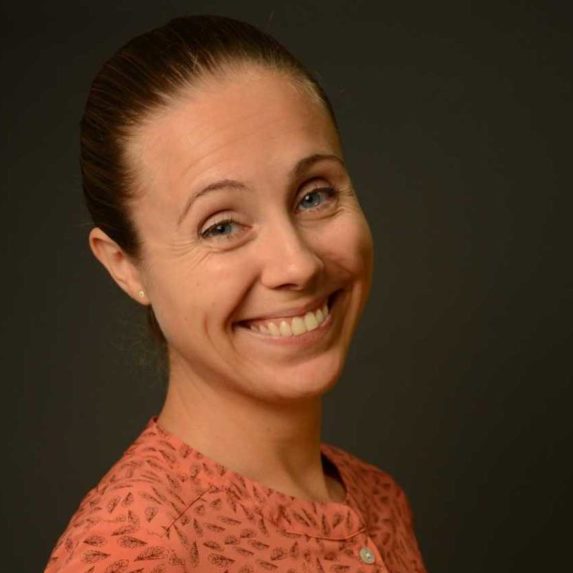
Anastasia Shesterinina
‘What emerges from this exciting discussion is a deeply relational understanding of conflict dynamics’
Building on the success of the first Civil War Paths Conference held in September 2022, our Annual Conference last week swept up participants in a six-hour marathon of presentations and engagement by outgoing and incoming Fellows of the Centre for the Comparative Study of Civil War, the Civil War Paths team, and colleagues at the University of York. Whereas last year’s conference explored the broader theme of civil war as a social process that guides our research at the Centre, this year we focused on intersecting conflict dynamics in 14 projects across five panels.
Highlights
The conference kicked off with a panel on Armed Group Dynamics and the discussion of novel frameworks on the different origins of armed groups, their internal dynamics, including changes in ideology and foreign fighter integration, and governance of communities, especially in contexts of shock such as the COVID-19 pandemic. Ulaş Erdoğdu drew our attention to new ways of distinguishing between armed groups, putting the question “Are elite- and nonelite-led wars distinct?” in direct conversation with the typology of armed group origins that the Civil War Paths team developed. Geraldine Bustos-Zamora reflected on how we can better understand ideology as a dynamic category. Nicola Mathieson challenged us to disaggregate the category of foreign fighters. And Erica De Bruin presented surprising findings on armed group pandemic governance.
The second panel then zoomed into the intersecting dynamics of Wartime Violence and its effects, understood from a relational perspective – through the lens of different actors within armed groups as they are embedded in their organizations and other actors, not least nonstate actors such as diasporas that can go unnoticed in studies of wartime violence that look at state and nonstate armed forces. Elizabeth Stubbins Bates spoke of the intersecting dynamics of war crimes and the role of International Humanitarian Law, with a focus on the critical yet undertheorised group of midlevel commanders of armed organisations. Sara Daub emphasised the effect of diaspora support on civilian targeting in civil wars. And Pauline Zerla drew connections from wartime trauma to ongoing challenges of reintegration of child soldiers.
These insights offered a segue into questions of Negotiating Peace and Disarmament, Demobilization and Reintegration (DDR) with application to the key current context of Peace in Colombia. Laura Saavedra-Lux, Wassim Mroue and Andrea Peinhopf situated peace negotiation at the levels of elite, sect and family, highlighting trust, fear and social norms in such negotiation, respectively. Miranda Melcher and Daniel Odin Shaw centred inclusion in their discussion of DDR, or as Miranda put it, ‘integration’ rather than ‘reintegration’. Theresa Bachmann and Alejandra Ortiz-Ayala unpacked these questions in present-day Colombia, pointing at state-society and within-security sector relations as central to recent efforts to implement the 2016 Peace Agreement and engage in Total Peace. These intersecting dynamics of peace, panellists showed, unfold in the midst of ongoing and renewed conflict.
What emerges from this exciting discussion is a deeply relational understanding of conflict dynamics that involve evolving relationships between a myriad of nonstate, state, civilian and external actors, as our recent work on the Civil War Paths project also suggests. We look forward to further advancing this view of civil war in the coming year, including through contributions from the incoming cohort of Fellows.

